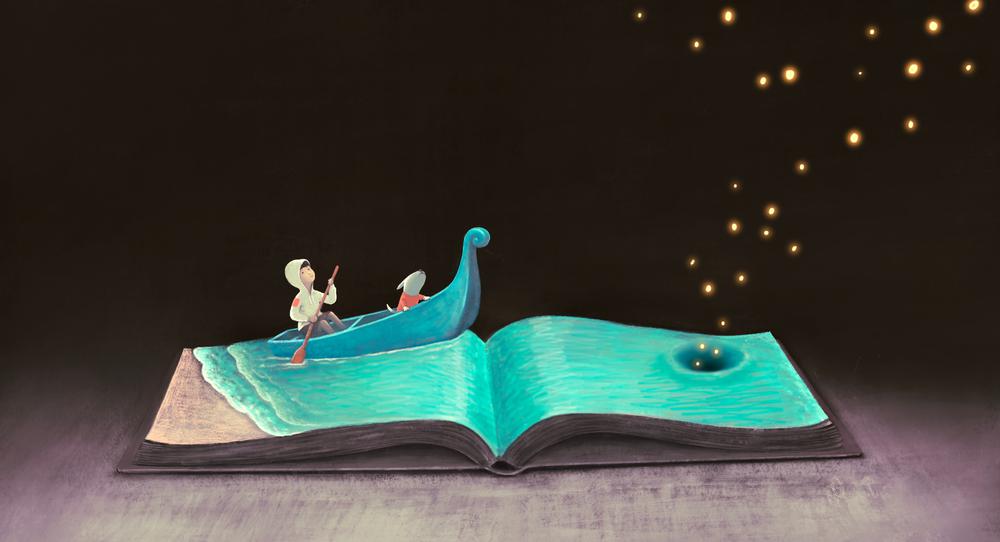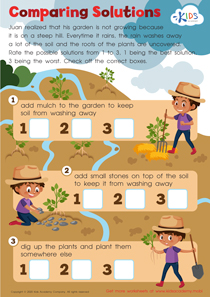Identifying story elements Worksheets for 7-Year-Olds
3 filtered results
-
From - To
Explore our engaging "Identifying Story Elements Worksheets for 7-Year-Olds," designed to enhance reading comprehension and critical thinking skills. Tailored specifically for young learners, these worksheets challenge students to identify key story elements such as characters, settings, events, and themes. Aligned with educational standards, our printable resources promote interactive learning, making story analysis fun and accessible. Each worksheet includes colorful illustrations and simple prompts that stimulate creativity and deepen understanding of narratives. Perfect for classroom or at-home practice, these worksheets empower children to become confident readers and storytellers, fostering a lifelong love of literature. Start your journey into storytelling today!


Story Structure Worksheet


A Day at the Park Worksheet


Story Elements Printable
Identifying story elements is essential for 7-year-olds as it lays the foundation for comprehension and critical thinking skills. At this age, children are exploring more complex narratives, and recognizing elements such as characters, settings, plot, conflict, and resolution helps them understand and engage with the text. Parents and teachers should care about this because a solid grasp of story elements enhances reading fluency, enabling children to discuss texts more confidently and participate in deeper analyses.
Furthermore, understanding story elements supports writing skills. As children learn to identify these components in others' works, they can apply similar structures in their own writing, fostering creativity and expression. This skill reinforces the idea that stories share common components, encouraging a love for literature and storytelling.
Moreover, when children can dissect a story, they become active participants in their learning. This leads to better retention of information and improved performance in school, as analytical skills developed through evaluating stories can cross over into other subjects. Thus, by emphasizing story elements, parents and teachers not only nurture a child’s reading and writing abilities but also inspire a lifelong appreciation for literature, setting them up for academic success.
 Assign to My Students
Assign to My Students
















